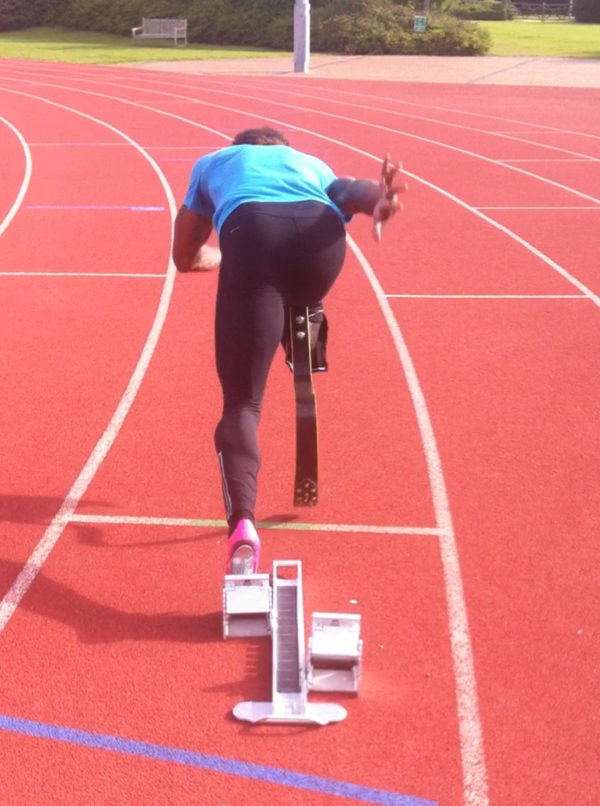An ideal training programme needs to be based around the individual. For example, what is their current fitness, how much time will they be able to commit to training. As a very rough guide we want to be targeting the longest distances in training around 3 weeks before the event, around the beginning of June, to allow for a taper (to be fresh for the event) and incrementally building up until then.

Beware of spikes in training load!
To simplify what training load entails, it is made up of the frequency (number of runs per day or week), duration (time on feet or distance) and intensity of training (running speed / inclines etc).
There is an increasing amount of research linking injuries to a change in training load with some studies suggesting that inappropriate loading can be attributed to 60-70% of running injuries (Hreljac et al., 2004). This is because you are asking too much of your body before it has had time to adapt. A recent example was the number of people with knee pain following a sudden increase in squats and lunges during lockdown (thank you Mr Wicks).
A sudden increase in the load (frequency, intensity or duration) can lead to overloading the tissues and pain/injuries. It is important to build up training load gradually to allow your body time to adapt and meet the demands placed upon it. A common mistake we see is runners monitoring their weekly mileage but not intensity. You do not have to run hard on every run (as tempting as sometimes it is!).

How is best to increase mileage or return to pre -injured load?
Increasing mileage needs an individual approach based around many factors. For example, what weekly mileage have you been training at previously? How different has this been in the past few weeks? What does the rest of your week look like, including: how active you are during the day, what are your nutrition, sleep, workload, stress, travel / commuting patterns like? Are these consistent or do they vary? This is something that we can discuss to create the best approach for you. Following a training program can be helpful but this needs to be specific to you.
The generally accepted research increasing by no more than 10% a week comes from Gabbett (2004). More recently it is advised to monitor your acute/chronic training load (the amount you are training this week compared to the previous few weeks). Keeping this ratio between 0.8 and 1.3 helps to minimise the risk of injuries (Blanch & Gabbett, 2016). This is a really helpful guide but the intensity of training shoulder also be considered within this.

To enter your own values please download the easy to use guide below.
